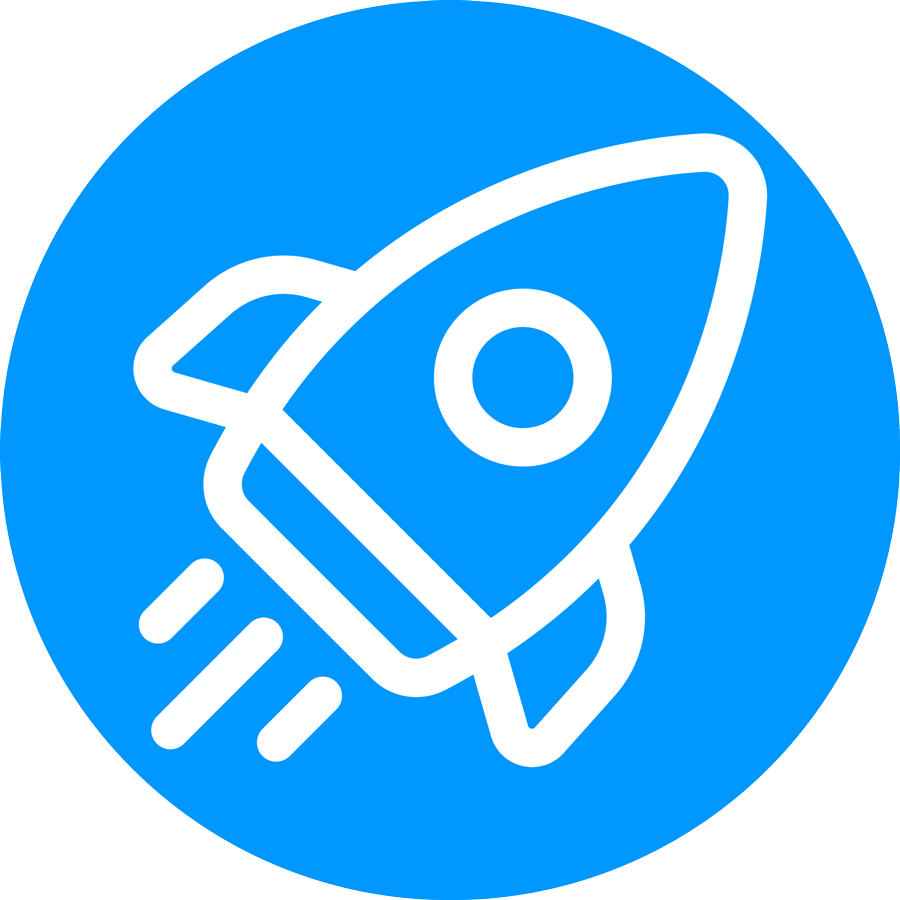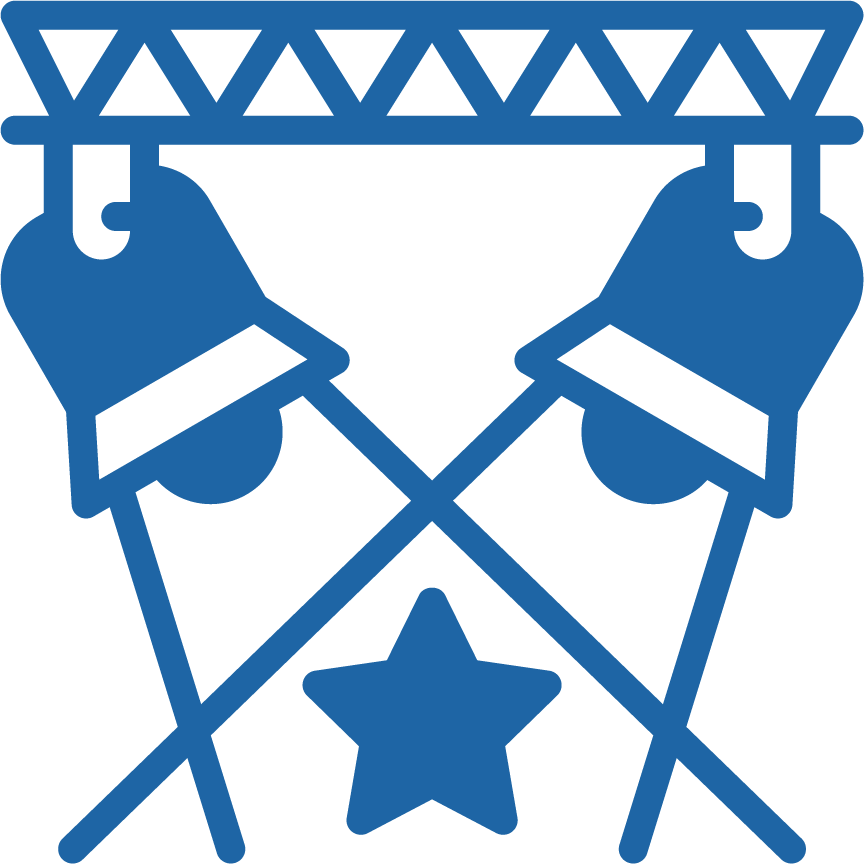| Overview | Prepare to Scale | Envision Scaled Implementation | Set Scaling Goals | Identify a Pathway | Build Your Team | Go to Market |
|---|
Prepare to Scale
It is important to determine which pathway to pursue for your product early in the planning process because the resources and processes to support scaling may vary by pathway. As detailed below, there are generally three pathways to scale an educational product. You can learn more about considerations and read examples under each of these pathways in the Identify a Pathway section.
Pathways to Scale
Launch an enterprise |
Launching an ongoing enterprise to package and sell an educational product and establishing a sustainable business model. Also called “commercialization.” Some entrepreneurial developers want to build and run a new for-profit or nonprofit organization. University researchers often try to do this within their institutional setting. |
Obtain grant or other external funding |
Obtaining additional grant support and external funding, such as from philanthropic, public, or institutional partners, to support sustainable, long-term growth. Often the preferred path for researchers who want to scale within a research institute or university setting. However, this path often relies on ongoing fundraising, and funders often want to support solutions that can self-sustain in the long term. |
Sell or license intellectual property (IP) |
Transferring ownership or granting another party the right to use product IP in exchange for money or other benefits. If your desired path is to sell or license your IP and you do not currently have a potential acquirer, then launching an enterprise or demonstrating widespread use may be a prerequisite. |
The Transition section of the toolkit, along with the tools linked below, provides you with frameworks and planning templates to help guide you as you consider and define pathways to scale that involve launching an enterprise and obtaining grant or other external funding. In many cases, these two pathways are blended to achieve widespread use and adoption.
Resources for Scale
While the pathways to scale your product will vary, you will need to be prepared to operationally support scale. All scaling activities have some sort of cost associated with them. Even if you envision scaling your innovation at no cost to end users, there are still operational costs to consider. Regardless of the funding sources, the investments in internal resources are not too different. Here are common scaling investment areas:
- Marketing: Investments in people, processes, and technology are needed to support targeted awareness-building efforts such as your website, informational campaigns, social media, and events.
- Driving adoption: Investments in people, processes, and technology are needed to support adoption efforts such as free trials, pilots, documentation, and professional development.
- Sustaining usage and engagement: Investments in people and technology are needed to ensure ongoing engagement and user success through initiatives such as communities of practice and incremental value-adds to your innovation.
- Maintaining internal systems and tools: Many systems and tools are needed to support scale, such as those supporting customer management, maintaining technology, and providing data security.
The graphic below illustrates a variety of potential funding sources to support these necessary resources and how they relate to the three pathways to scale.
Funding Sources for Scale
| Launch an enterprise | Obtain grant or other external funding | Sell or license IP |
|---|---|---|
|
Revenue from business-to-business (B2B) sales Revenue from business-to-consumer (B2C) sales Strategic partnerships |
Grants Donations and sponsorships Educational institution partnerships or research exchange Affiliated institution/organization budget allocation |
Launching an enterprise or obtaining grant or other external funding maybe a prerequisite. |

Spotlight Resources
With an initial understanding of scaling pathways and the resources needed for scale, you are ready to work through the key activities in the Transition stage. Throughout, you will see references to two complementary resources to help you transition and scale your educational product.
|
This guide helps you pull together and build on relevant insights and findings from the Apply stage to prepare for the Transition stage. It is helpful for presenting your scaling plan to external audiences such as funders and investors. The template in the guide provides an outline for the components of a scaling plan, guiding questions to inform your scaling pathway, and decisions to make along the way. How to use: While this outline may appear linear, the process of developing the plan is iterative as you work through interdependent activities in the Apply and Transition stages and adjust assumptions, such as funding projections and potential staffing models. Feel free to rearrange sections and adjust the template to meet your needs. When to use: Start your scaling plan as you enter the Transition stage. |
LEARN Go-to-Market (GTM) Playbook This playbook provides a step-by-step approach to launching and scaling your educational product, with a market-first mindset. It provides a process and corresponding frameworks and exercises to help you build and execute against a go-to-market strategy that supports your scaling goals. How to use: The playbook offers a step-by-step process to build and execute a go-to-market strategy and plan that is rooted in the needs of your target audience and the value your innovation provides. Each step informs the next, ultimately helping you build and activate externally facing marketing and user engagement initiatives. When to use: After you have determined your scaling goals and are ready to begin building or expanding awareness of your innovation and bringing your product to market. |
